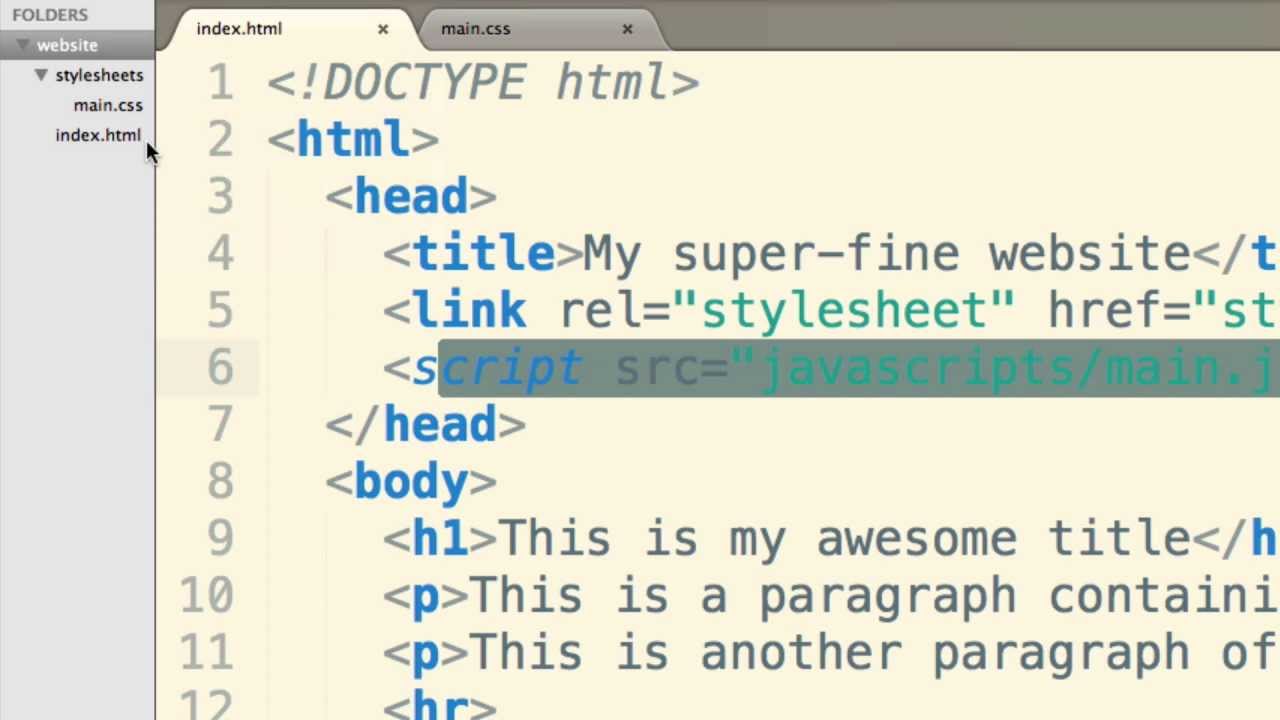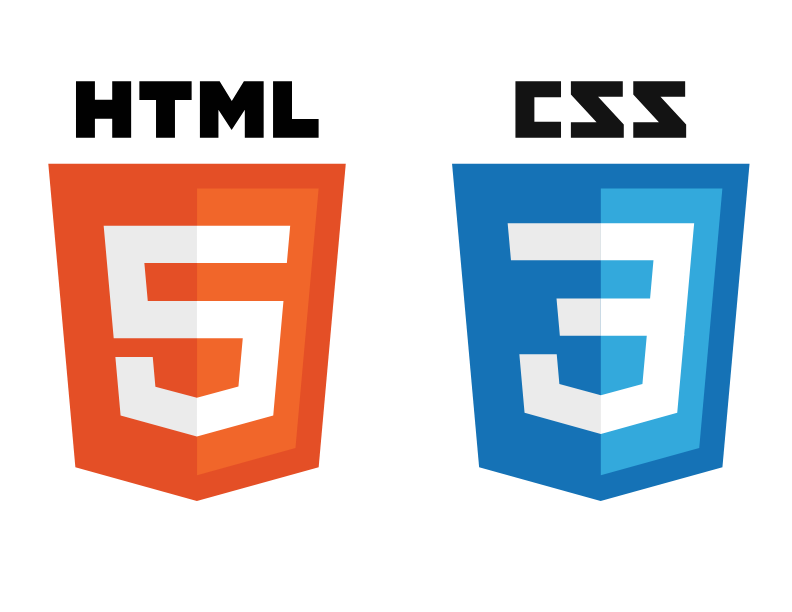Machine learning is a subset of artificial intelligence that deals with the training of computer systems so that they can learn from data without being explicitly programmed. In other words, it allows computers to “understand” things on their own. Python is a popular language for machine learning, and this article will explore what machine learning in python is all about. We will also look at some real-world applications of machine learning in Python, and show you how you can get started with this exciting field.
What is Machine Learning in Python?
There is no single answer to this question as the field of machine learning continues to grow and evolve, but in general, machine learning is a data-driven process that allows computers to learn from data without being explicitly programmed. This can be done through a number of different techniques, including supervised and unsupervised learning, artificial neural networks (ANNs), genetic algorithms (GAs), and reinforcement learning.
One of the most widely usedmachine learning frameworks in Python is scikit-learn. It provides a wide range of algorithms and libraries for performing various tasks such as classification, regression, anomaly detection, clustering, dimensionality reduction and more. Additionally, scikit-learn makes it easy to combine different algorithms to achieve desired results.
How to Start with Machine Learning in Python?
Machine learning is a field of artificial intelligence that uses methods from statistics and computer science to learn from data. It can be used to predict future events or trends, find patterns in data, or improve the performance of systems.
To start machine learning in Python, you will need a few tools. First, you will need Python 2 or 3. Second, you will need libraries for machine learning such as NumPy and SciPy. Finally, you will need data to train with.
The Different Types of Machine Learning in Python
In this article, we will be discussing the different types of machine learning in Python. We will be covering supervised and unsupervised learning algorithms, neural networks and deeplearning libraries.
Supervised learning algorithms:
The first type of algorithm we will discuss is supervised learning. This involves teaching a computer how to predict an outcome based on known inputs. The most common supervised learning algorithm used in Python is the logistic regression model. This model uses input data (e.g. age, sex) and outputs a prediction (e.g. probability of being a smoker). Other supervised learning algorithms include the support vector machines and Gradient descent methods.
Unsupervised learning algorithms:
The second type of machine learning algorithm we will discuss is unsupervised learning. This involves training a computer to find patterns in data without providing any specific predictions or labels. The most common unsupervised learning algorithm used in Python is the clustering method. You can use clustering to group data items together based on similarities (e.g age, sex). Other unsupervised learning algorithms include k-means clustering and convolutional neural networks (CNNs).
Supervised and Unsupervised learning with Python
In supervised learning, the system uses the error between the model’s predictions and the actual data to train the model. The goal of supervised learning is to create a model that can generalize from training data to new data.
On the other hand, unsupervised learning is a method where the system doesn’t compute errors between predictions and data. Instead, the aim is simply to find good models that fit well on training data. We often use this type of learning when obtaining labeled examples (data specifically set up for machine-learning models) is difficult or impossible.
Conclusion
In this article, we will be looking at what machine learning is and how you can use it in Python. We will also look at some of the most commonly used libraries for implementing machine learning algorithms in Python. By the end of this article, you should have a good understanding of what machine learning is and how to apply it to your own projects.





